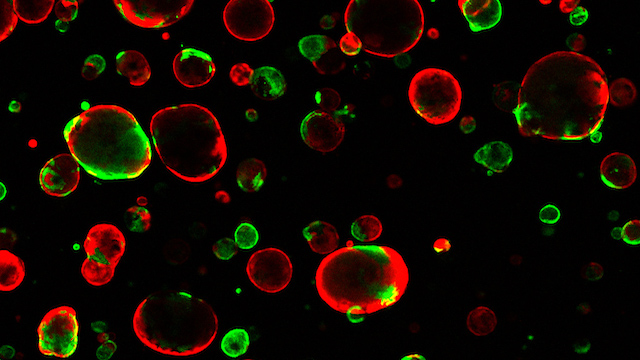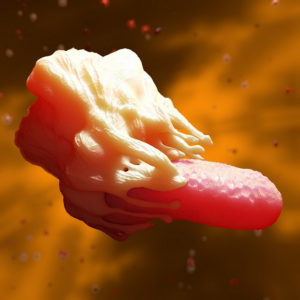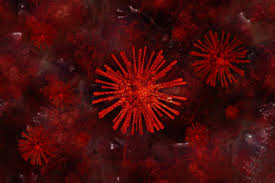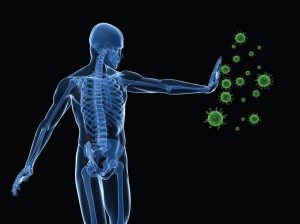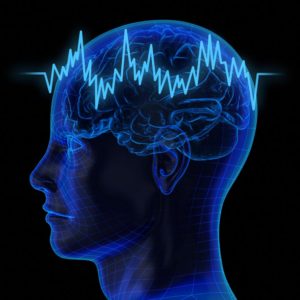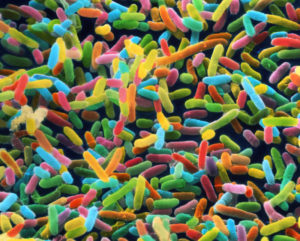E
fforts to use regenerative medicine—which seeks to address ailments as diverse as birth defects, traumatic injury, aging, degenerative disease, and the disorganized growth of cancer—would be greatly aided by solving one fundamental puzzle: How do cellular collectives orchestrate the building of complex, three-dimensional structures?
While genomes predictably encode the proteins present in cells, a simple molecular parts list does not tell us enough about the anatomical layout or regenerative potential of the body that the cells will work to construct. Genomes are not a blueprint for anatomy, and genome editing is fundamentally limited by the fact that it’s very hard to infer which genes to tweak, and how, to achieve desired complex anatomical outcomes. Similarly, stem cells generate the building blocks of organs, but the ability to organize specific cell types into a working human hand or eye has been and will be beyond the grasp of direct manipulation for a very long time.
But researchers working in the fields of synthetic morphology and regenerative biophysics are beginning to understand the rules governing the plasticity of organ growth and repair. Rather than micromanaging tasks that are too complex to implement directly at the cellular or molecular level, what if we solved the mystery of how groups of cells cooperate to construct specific multicellular bodies during embryogenesis and regeneration? Perhaps then we could figure out how to motivate cell collectives to build whatever anatomical features we want.
New approaches now allow us to target the processes that implement anatomical decision-making without genetic engineering. In January, using such tools, crafted in my lab at Tufts University’s Allen Discovery Center and by computer scientists in Josh Bongard’s lab at the University of Vermont, we were able to create novel living machines, artificial bodies with morphologies and behaviors completely different from the default anatomy of the frog species (Xenopus laevis) whose cells we used. These cells rebooted their multicellularity into a new form, without genomic changes. This represents an extremely exciting sandbox in which bioengineers can play, with the aim of decoding the logic of anatomical and behavioral control, as well as understanding the plasticity of cells and the relationship of genomes to anatomies.
Deciphering how an organism puts itself together is truly an interdisciplinary undertaking. Resolving the whole picture will involve understanding not only the mechanisms by which cells operate, but also elucidating the computations that cells and groups of cells carry out to orchestrate tissue and organ construction on a whole-body scale. The next generation of advances in this area of research will emerge from the flow of ideas between computer scientists and biologists. Unlocking the full potential of regenerative medicine will require biology to take the journey computer science has already taken, from focusing on the hardware—the proteins and biochemical pathways that carry out cellular operations—to the physiological software that enables networks of cells to acquire, store, and act on information about organ and indeed whole-body geometry.
In the computer world, this transition from rewiring hardware to reprogramming the information flow by changing the inputs gave rise to the information technology revolution. This shift of perspective could transform biology, allowing scientists to achieve the still-futuristic visions of regenerative medicine. An understanding of how independent, competent agents such as cells cooperate and compete toward robust outcomes, despite noise and changing environmental conditions, would also inform engineering. Swarm robotics, Internet of Things, and even the development of general artificial intelligence will all be enriched by the ability to read out and set the anatomical states toward which cell collectives build, because they share a fundamental underlying problem: how to control the emergent outcomes of systems composed of many interacting units or individuals….

